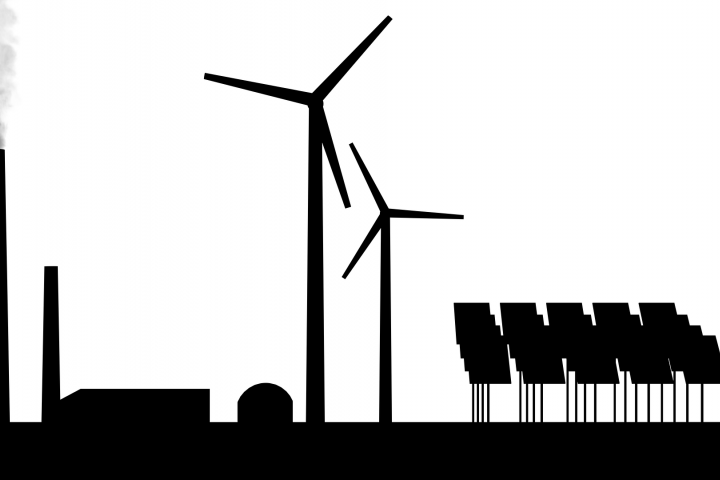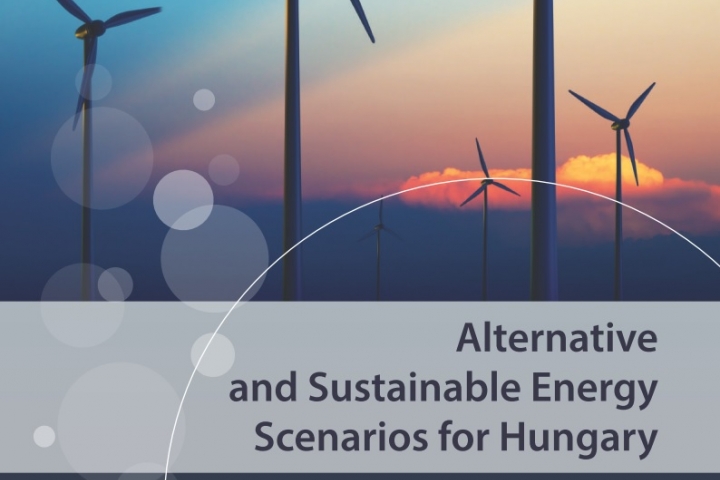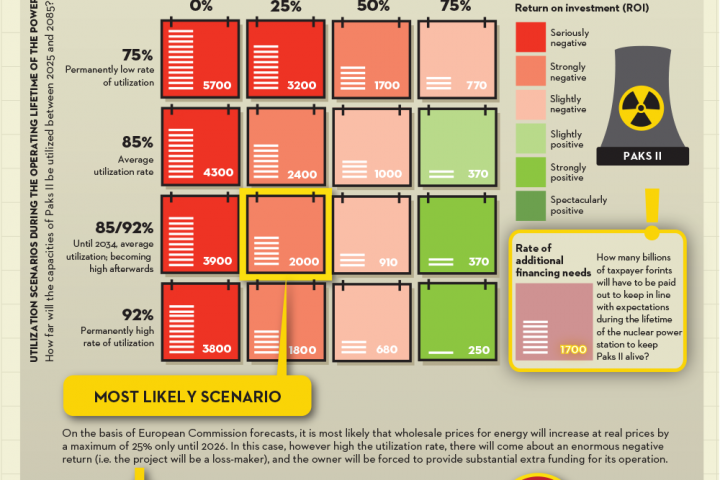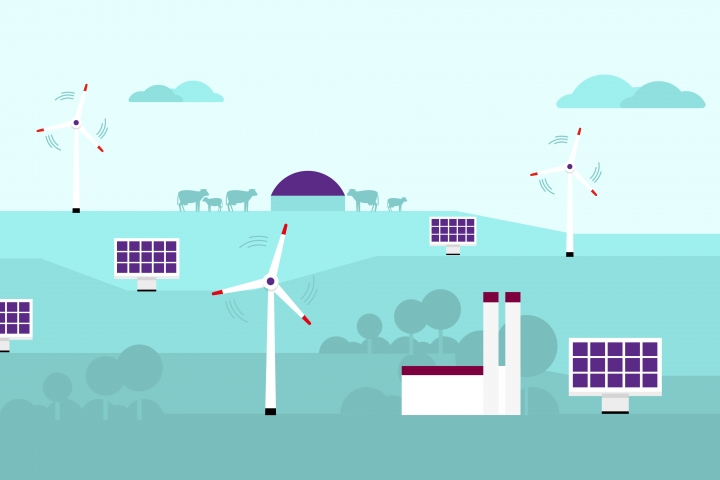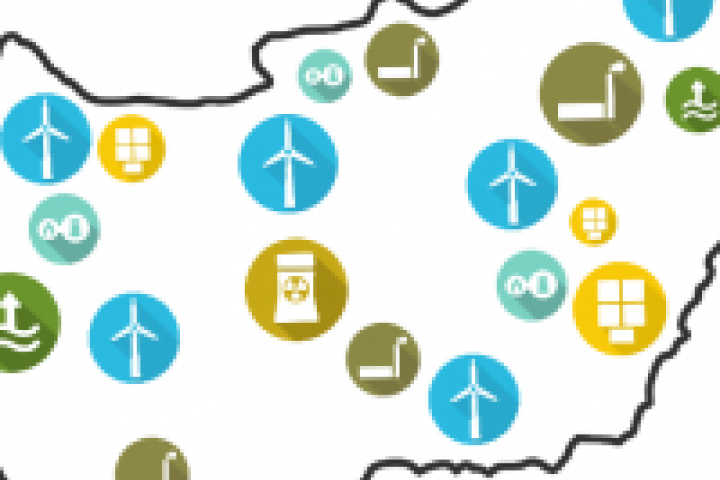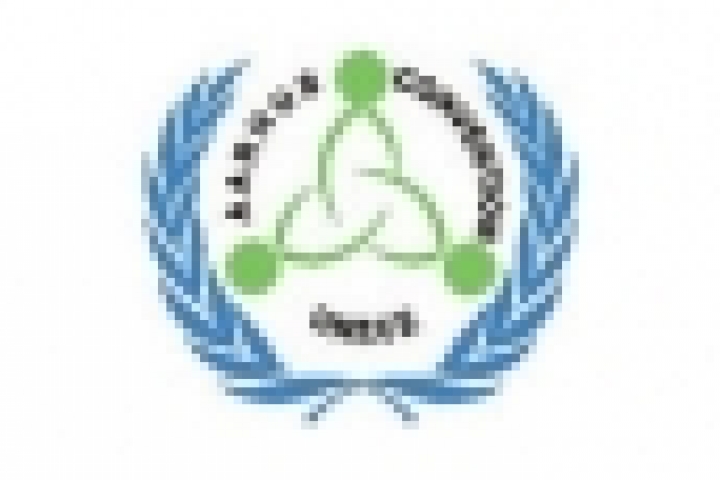Water temperature over 30 degrees was measured in the Danube at Paks - the official thermometer “broke”
After Energiaklub requested the official data in vain, we measured over 30 degree water temperatures in the Danube at several points on Friday, one of the last days of the heat wave, at the Paks Nuclear Power Plant’s cooling water drainage channel. A few kilometers north of the power plant, the temperature of the river was 25-26 degrees. Video report.
Although the current Ministerial Decree stipulates that, at any point along the 500 m downstream section from the discharge location, the receiving water temperature must not exceed 30 ° C, according to our on-site measurements this was not fulfilled at the river section in question.
The journalists from Átlátszó and Energiaklub's experts started off on 24 August to measure the temperature of the Danube near the nuclear power plant. The former Environmental Ministry’s 2001 Regulation in force today says that in order to protect the ecosystem of the river, the temperature of the water should not exceed 30 degrees along the 500 meter length river section starting from the cooling water discharge point.
János Ősz, mechanical engineer and associate professor at the Department of Power Engineering and Power Systems at the Technical University of Budapest, said in last week's edition of Magyar Narancs that each nuclear power plant has a limit on how many degrees a river can be after the cooling water is returned to it. In the case of the Paks Power Plant it is 30 degrees but in France, for example, it is only 28 degrees where in August three nuclear power plants had to shut down their blocks to ensure the protection of river wildlife.
Energiaklub, a green NGO that promotes renewable energy, tried to get official information on the Danube section’s temperature in question from Paks Nuclear Power Plant Ltd.in a public information request, but they have not yet responded. It also turned out out from the article of G7 on Saturday that the official thermometer in Paks just broke down in early August.
“Due to the formation of a reef, the unit was sending wrong data and therefore the authority switched to manual measures. However — as opposed to the automatic hourly measurements — they only made one per day, at 7 a.m. moreover, when the Danube is the coolest,” - the G7 article explains.
In light of all of this, we decided to visit the section of the river during a heat wave day, the point where these measurements are conducted, or rather where they should be measured hourly instead of the one early morning occasion.
Our field sample should not be considered an official measurement but both of the thermometers we used showed over 30 degree water temperatures at any given point in the river section even 500 meters downstream from the Paks cooling water discharge point.
But at the same time, a few kilometers above the cooling water discharge point (i.e. without the warming effect of the power plant) we measured only 25-26 degree temperatures. Watch:
30 fok feletti vízhőmérsékleteket mértünk a Dunában Paksnál – a hivatalos hőmérő „elromlott” from atlatszo.hu on Vimeo.
The Paks Nuclear Power Plant Ltd. stated last week that in case the temperature of the Danube exceeds 25 degrees, they periodically monitor the actual temperature of the river 500 meters out from the outfall of the cooling water, and if they see that it reaches the limit then they can reduce the thermal stress of the Danube by, for example, increasing the amount of water used by the condenser cooling water system.
According to the field sample of Átlátszó and Energiaklub, this was not implemented, so certainly the power plant is violating the law and is also misleading the citizens. What’s even more sad is that the Water Authority for the protection of the Danube is also involved in this game.
Text: Babett Oroszi-Video: Gabriella Dohi
Update (28 August 2018): After the publication of our article we received the official measurement data from the Paks Nuclear Power Plant Ltd.
